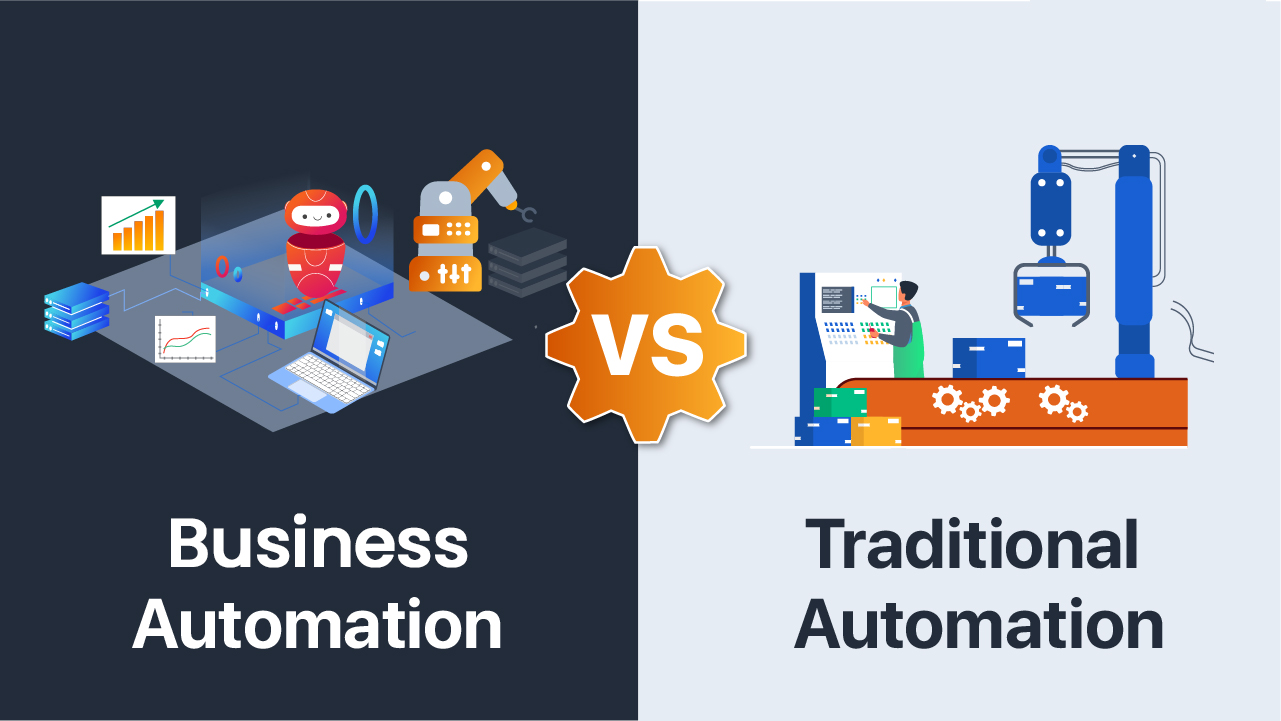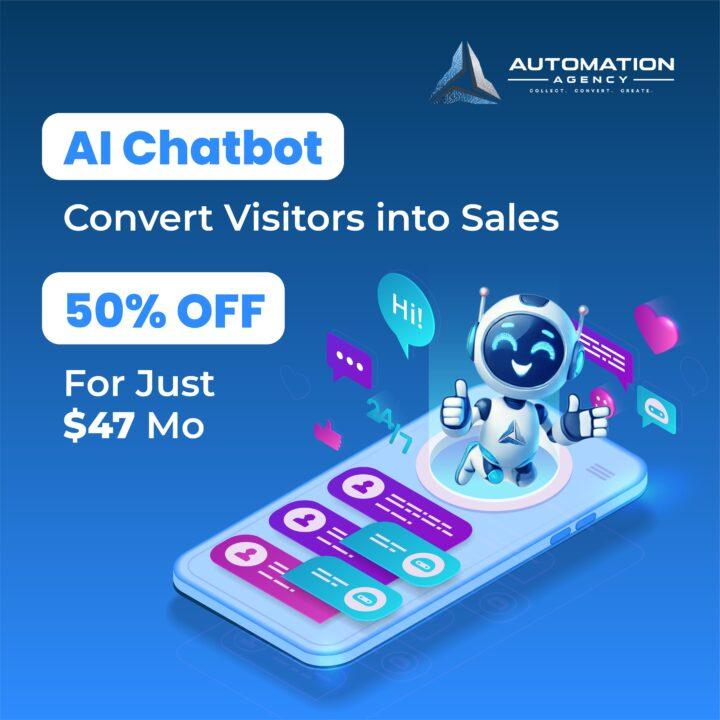Difference Between Business Automation and Traditional Processes
Jina
on
March 2, 2024

In the rapidly evolving landscape of modern business, adopting efficient processes is crucial for staying competitive. Two prominent approaches that have garnered attention are traditional processes and business automation. Understanding the distinctions between these methodologies is essential for companies aiming to enhance productivity, reduce costs, and streamline operations.
Traditional Processes: The Foundation of Business Operations
Traditional processes refer to the manual, sequential, and often time-consuming methods that have been prevalent in businesses for decades. In this model, tasks are performed by individuals or groups, relying heavily on human effort and oversight.
Characteristics of Traditional Processes:
1. Manual Execution:
Traditional processes rely heavily on human involvement, from data entry to decision-making.
2. Linear Flow:
Tasks are executed sequentially, with one step leading to the next.
3. Limited Scalability:
Scaling operations often means hiring more personnel, which can increase costs and potentially introduce human errors.
4. Prone to Errors:
Human involvement increases the risk of errors, leading to potential inefficiencies and delays.
Business Automation: Revolutionizing Efficiency
Contrastingly, business automation represents a paradigm shift towards technology-driven processes that aim to streamline tasks, reduce human intervention, and enhance efficiency.
Key Features of Business Automation:
- Workflow Automation: Repetitive tasks are automated, allowing for seamless and error-free execution.
- Integration of Systems: Automation often involves integrating different software and systems, promoting data flow and communication.
- Scalability: Automation systems are designed to scale effortlessly, accommodating growing business demands without a linear cost increase.
-
Data-driven Decision Making: Automation systems generate valuable insights from data, facilitating informed decision-making processes.
Distinguishing Factors:
- Speed and Efficiency: Business automation significantly speeds up processes, enabling organizations to respond to market changes swiftly. Traditional methods, on the other hand, may struggle to match this level of speed.
- Cost-effectiveness: While traditional processes may require more manual labor and resources, business automation can save time, especially as tasks become more efficient.
- Adaptability: Business automation systems are adaptable to changing business needs, offering flexibility and agility. Traditional processes may face challenges when it comes to adapting to new requirements.
- Error Reduction: Automation minimizes the risk of errors, ensuring higher accuracy than manual processes.
The Comprehensive Landscape of Business Automation
In modern business, automation has evolved to encompass many processes far beyond the conventional notions of efficiency and cost reduction. Technology integration has given rise to a comprehensive suite of automation categories, each catering to specific aspects of business operations.
Marketing Automation:
- We streamline email marketing, social media posting, lead nurturing, and campaign management.
- It ensures consistent communication with the audience and analyzes the effectiveness of marketing efforts.
Sales Automation:
- We optimize sales through lead scoring, contact management, and communication.
- It is enhancing the efficiency of sales teams and streamlining the entire sales pipeline.
Service Automation:
- Improving customer service and support processes through automated ticketing systems and chatbots.
- Ensuring a seamless and responsive customer experience with quick issue resolution.
Operations Automation:
- Streamlining internal processes and workflows with tools like workflow automation and project management systems.
- Reducing manual errors, enhancing collaboration, and optimizing resource allocation.
The Future of Business Operations: Striking a Balance
While business automation offers significant advantages, it’s crucial to recognize that a complete shift may not be suitable for every organization. Striking a balance between traditional processes and automation is often the key to optimizing efficiency. Specific tasks such as creative thinking, complex decision-making, and interpersonal interactions may still require a human touch.
In conclusion, understanding the difference between business automation and traditional processes is imperative for businesses looking to thrive in the contemporary landscape. By strategically implementing appropriate automation and preserving human expertise where needed, organizations can achieve a harmonious blend that maximizes efficiency, minimizes costs, and ensures a competitive edge in the market.
Want to implement business automation in your business?
What is Automation Agency?
Automation Agency is a renowned growth agency that assists small businesses in boosting lead generation and client conversion and fostering a solid fan base. They achieve this by harnessing the power of their proven and tested C3 Growth Framework. Founded by the dynamic couple Jason and Therese Benedict, Automation Agency offers various services. To learn more about how they can drive your business growth, contact a Keap Marketing Automation Expert. You can reach them by calling or texting 602.900.9345 or visiting the website at https://automation.agency/
- Category: Entrepreneurship, Marketing


